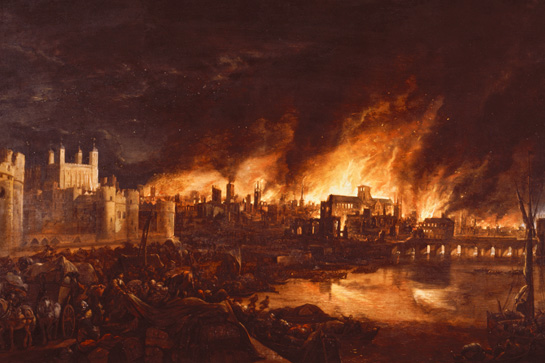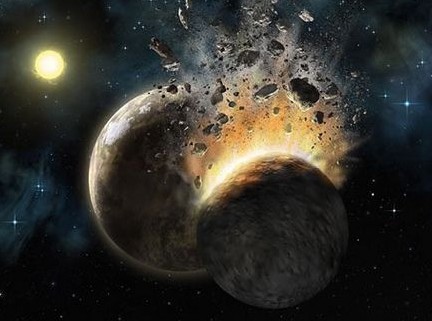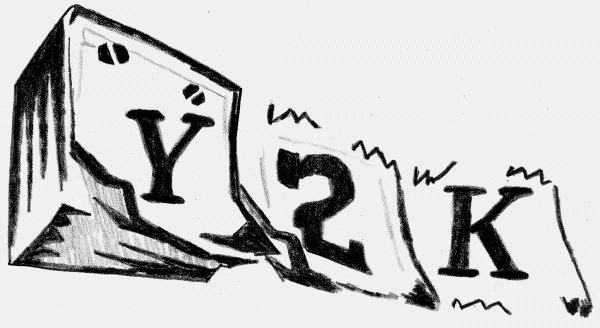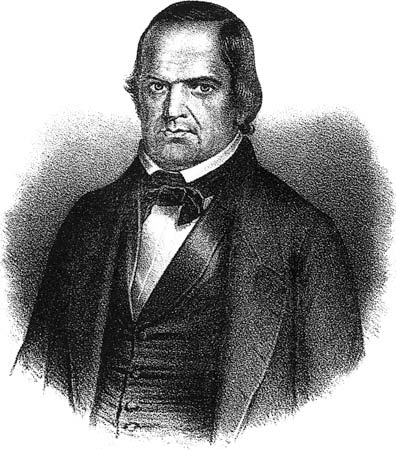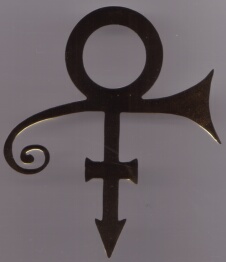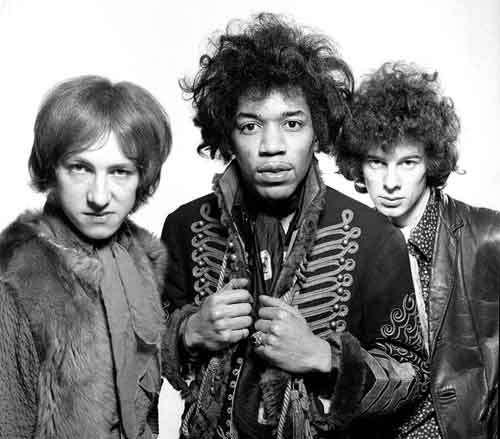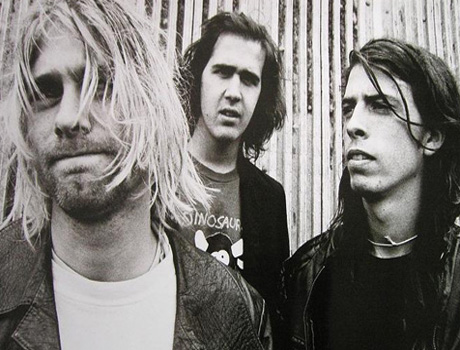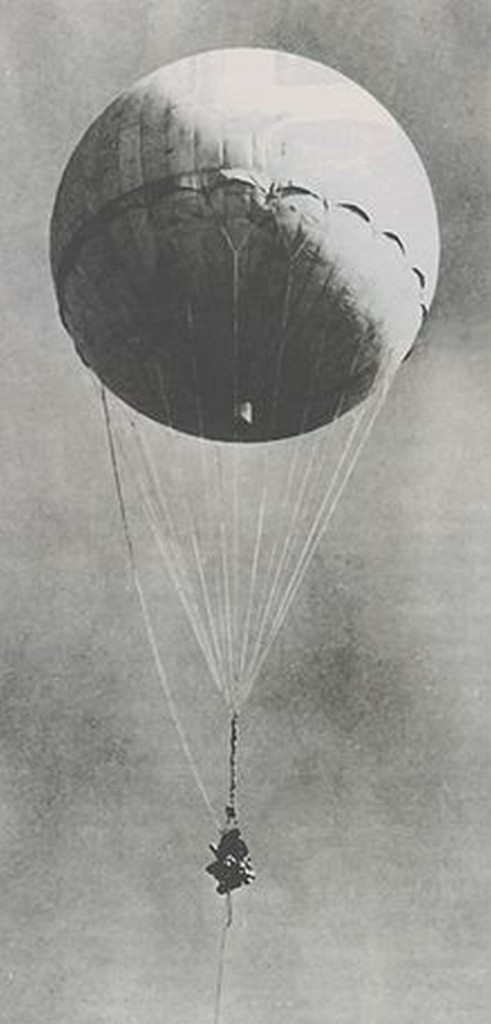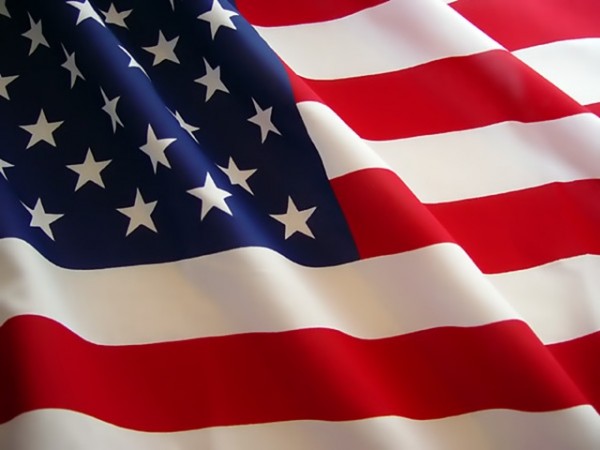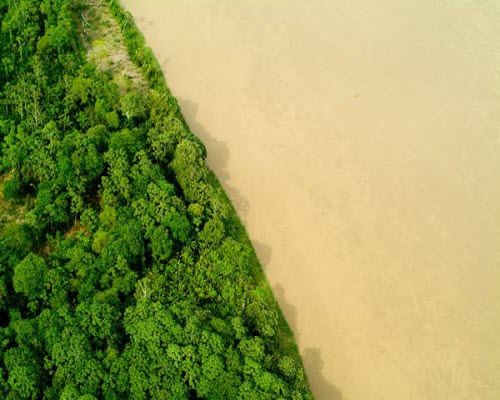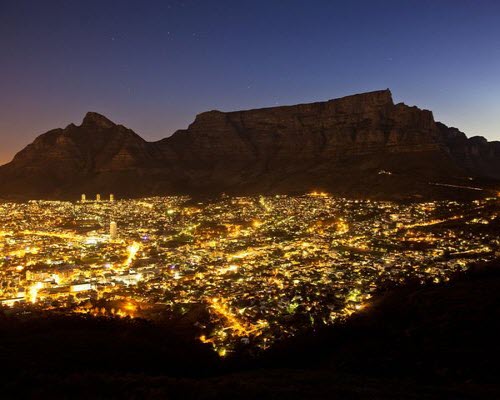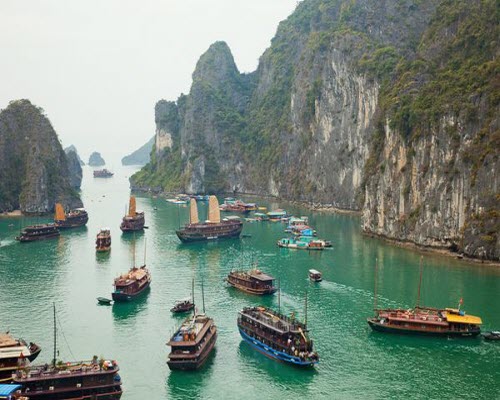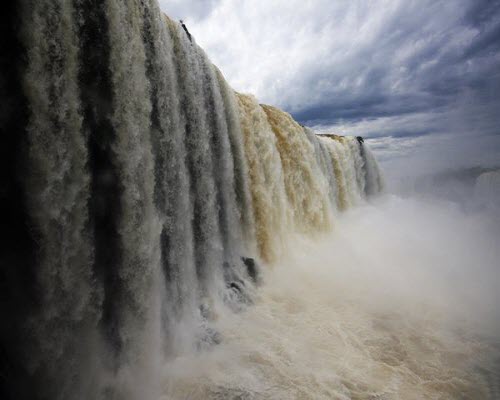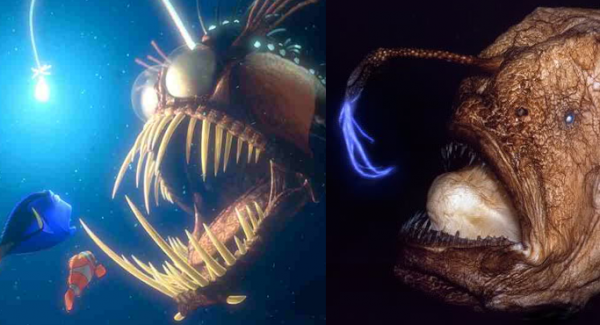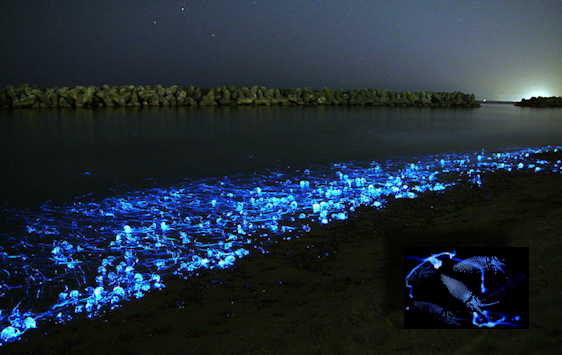Isn’t it frustrating when you’re just getting into a TV show, getting to know the characters and suddenly…bam! It’s cancelled! The fickle finger of the network can press the “stop” button at any time and production can shut down entirely. You may be halfway through a season, you may have just reached a cliffhanger at the end of series one but you as an audience member will never get any kind of closure on those particular characters. Sometimes, the cancellations are justified, and you wonder why they ever bothered making the show in the first place. But sometimes, a show will have real potential, that’s just starting to unfold when the axe drops….and so a thousand internet campaigns are born. Find out which great shows died a premature death in our Top 10 TV Shows That Got Cancelled After One Season.
10. Studio 60 on the Sunset Strip

There are two things that the cast of mega-comedy Friends are famous for. One is demanding ever-increasing amounts of money to sit around and drink coffee in front of a camera. The other is failing to ever really break free of the characters they played for 10 years. With the possible exception of Courtney Cox in Cougar Town, the actors have stumbled around in lame spin-offs and comedies where they played themselves (both you, Matt LeBlanc). And some of that curse may have hit Studio 60 on the Sunset Strip, an Aaron Sorkin- created show that took a look at the goings on behind the scenes of a live comedy show. It debuted at the same time as 30 Rock, which had similar subject matter, and while that show flourished, Studio 60 did not, with ratings sliding from 13.4million viewers to 4million. It had a great deal of “buzz” before it aired, but ended up with the unfortunate distinction of being the only Aaron Sorkin show to ever have been cancelled in its first season.
9. Happy Town
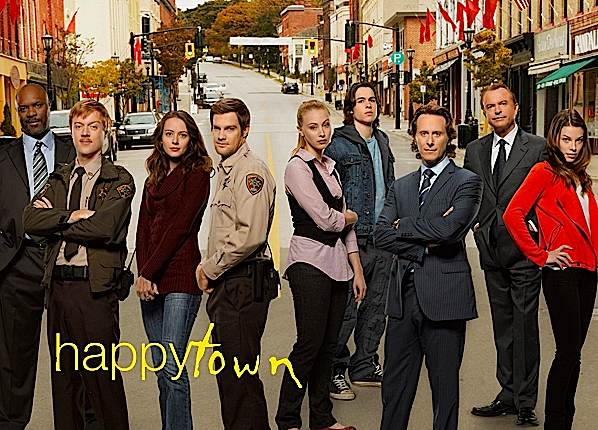
However short Studio 60’s run may have been, it was a mega-series compared to 2010’s Happy Town. Featuring Amy Acker of Angel (ex Buffy and Angel actors seem to have a similar curse to Friends, Alyson Hannigan excepted) and Sam Neill (Jurassic Park), it was a murder mystery set in the small town of Haplin, Minnesota. It ran for 6 episodes, with ratings down to 2million by the last one, and the next 2 episodes were released on the internet but no more were made. A shame for anyone who was wanting to find out the answer to the mystery!
8. Moonlight
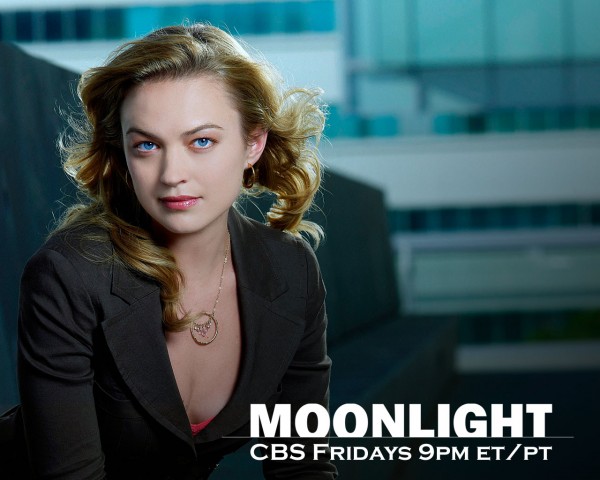
This is another show that should have flown, given the star power behind it. Legendary producer Joel Silver has a string of hugely successful movies to his name, from Lethal Weapon to The Matrix. Add to him producers Gabrielle Stanton (Grey’s Anatomy, Ugly Betty) and David Greenwalt (Angel) and this “paranormal romance” should have been a hit. But the cast was relatively unknown, and the reviews of the first episode were harsh, with talk of “woeful” acting and “groan-inducing” dialogue.
It seemed that the tale of PI-and-moralistic-vampire Mick meeting a woman he’d rescued from a fire as a child didn’t hit the spot with the reviewers or the public at large and the show was first halted by the writers’ strike, then cancelled altogether. But as with many of these shows, there is still a loyal fanbase out there.
7. Endgame

With this show, unlike some of the others, I can kind of see why it was cancelled. The premise is an agorophobic, former chess champion who likes solving mysteries from his armchair. Does it sound like a winner? He can’t leave the house, so gets his apprentice to help him solve the mysteries in exchange for chess tuition. Still not sounding too gripping…
It was a Canadian show, made in 2011, and broadcast in America on Hulu but it was cancelled after 11 episodes. Whether it was the stay-at-home chess genius protagonist, or the lack of star power that hastened its demise, no-one knows. But again, there were some devoted fans who tried – and failed – to save it.
6. Crusoe
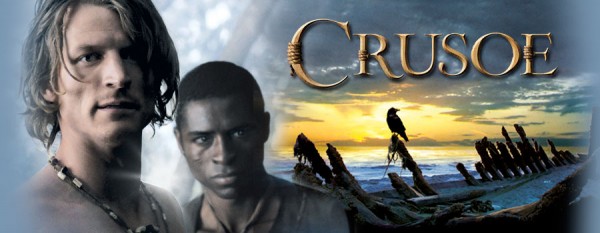
Unlike the other series on the list, this was a reworking of an old story rather than a new concept. It followed the fortunes of Robinson Crusoe and his companion Friday as they live on an island. Commissioned by NBC, it was made by a British company, and much of the filming took place in Britain (which doesn’t look much like a desert island, but you can imagine…).
It was set in the 17th century, but shot in a pacey, modern way. It was a drama, but with comedic elements, aping the style of Pirates of the Caribbean. It involved MacGyver-like ingenuity, and it was just a bit of a mess. Viewers obviously thought so too, and the series that was at first promoted as a regular show was subtly changed to be a 13-episode miniseries. Strangely, it featured Sam Neill who is making his second appearance in this list. He might start to get paranoid…
5. Death Valley

In contrast to some of the deadly serious shows on our list, this one was deliberately silly. Based in post-zombie-apocalypse California, it was a fake reality TV show that followed the Death Valley police force as they attempted to keep order in the midst of werewolf- and vampire-induced mayhem. The comedy was often physical and gross, with copious amounts of gore and splatter but it was a very entertaining watch. It may have been on the wrong channel, as it sat oddly among the celebrity homes shows of MTV but something about the comedy cops and zombies format wasn’t working, and only one series was ever made.
4. Alcatraz

From the makers of Lost, with Jorge Garcia of Lost, you’d expect this to have the same runaway success as Lost, wouldn’t you? Set on the legendary prison island, with flashbacks between the past and the present, it employed many of the same, jumpy narrative devices as that other series. So why didn’t it replicate Lost’s success? Well, it seems that viewers may have been jaded by the 6 seasons of Lost which dawdled on, failed to answer any of the questions it asked and finished with a very unsatisfying Macguffin of an ending. After that, TV fans just weren’t ready to trust JJ Abrams again, and the show was swiftly cancelled. Oh,and it may have also featured Sam Neill….
3. The Event

This was another show with strong potential, which failed to deliver. Based around alien-looking Leila and her computer hacker boyfriend Shaun, it started well, with a kidnapping and a plane crash and then it all got a little silly. I won’t spoiler it for you, but the revelations that followed were a bit predictable and the characters just unsympathetic. By halfway through the season, when we still had no idea what “The Event” was, I switched off. As did every other viewer, and the show failed to be renewed for a second season. From initial ratings of 10.88million, it had dwindled down to around the 5million mark, with some episodes dipping as low as 4million. So, a steady decline and a distinct lack of enthusiasm for a second series. But it did teach us that bog-standard computer hackers can get into FBI files within seconds. Worth paying attention in Computing class!
2. Flash Forward
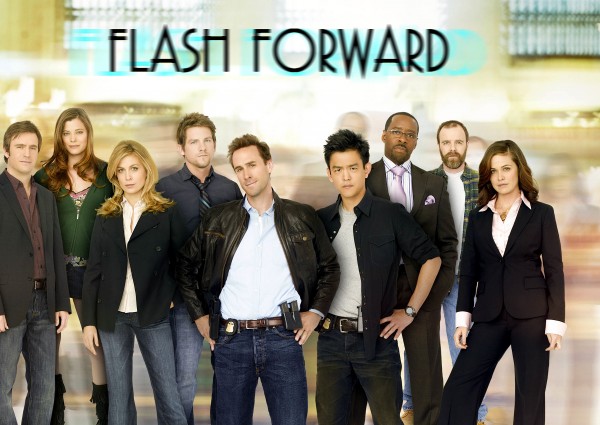
An interesting premise and a strong cast makes this one of the less explicable failures. The series opened with a global blackout, where everyone in the world fell unconscious for two minutes. Cars crashed, planes dropped out of the sky and those who didn’t die in the ensuing chaos saw a “flash forward” – a glimpse of what their life would be like in 6 months’ time. The rest of the series was devoted to finding out what or who had caused the blackout, and how to stop it happening again. Starring Joseph Fiennes, Dominic Monaghan and Jack Davenport, it was a tense and pacey show. The end of the series wrapped things up, but also set up a season 2, with our own “flashforward” to another blackout sometime in the future. Sadly, however the network decided not to renew it, and we never got to see just what would happen next.
1. Firefly
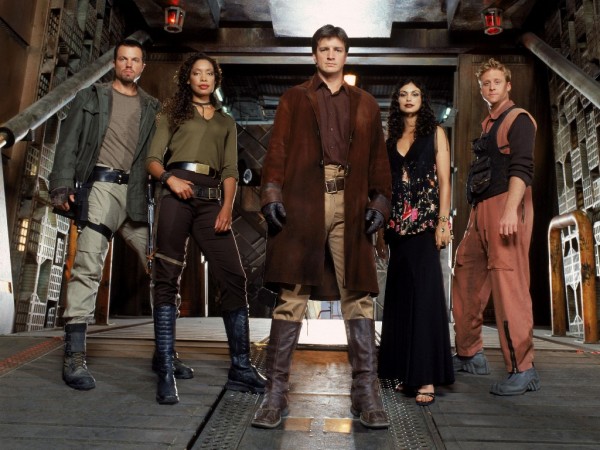
The ultimate in fan-loved, network-hated “gone too soon” shows. Firefly was Joss Whedon’s first project after the mammoths of Buffy and Angel and was a complete break with that universe. It featured none of the Buffy regulars, although lead actor Nathan Fillion had played a recurring baddie in the last season, and it was set aboard the spaceship Serenity. Describing itself as a kind of space-western, it was a slow burner and ratings faltered. Without warning, it was cancelled mid-season, leaving bereft fans feeling that it was never given a chance. It retains a strong fanbase in sci-fi circles, which resulted in a spin-off movie in 2005 (Serenity), and at conventions the so-called “Browncoats” still gather to mourn the loss of their favorite show. But they haven’t given up hope. As one site puts it “As long as Joss & Co. believe there is a future for Firefly, we fans will keep believing.”







